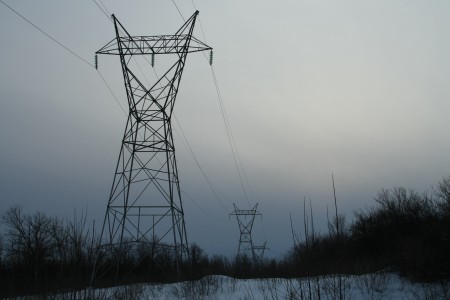It is encouraging to see that Vermont’s legislature has legalized gay marriage, overturning the veto of the Republican governor. That said, while this is good news for same-sex couples in the state, I do think it’s a bit awkward that the change happened due to legislation rather than litigation. As I see it, forbidding same-sex marriage is straightforward discrimination. As such, eliminating the discrimination is something that governments with constitutions that enshrine equality are both legally and morally bound to do. By doing so through legislation instead, they distort that position and suggest that same-sex marriage is a voluntary legal situation, rather than a natural consequence of interpreting the law on all marriage in a non-discriminatory way.
While ‘activist judges’ are a hot-button political issue, I do think it’s important to identify and recognize when decisions emerge inevitably from our existing laws and values, rather than pretending that they require some secondary approval in order to be valid.
On a tactical level, the consequences of this approach are less clear. On the one hand, it might serve as a mechanism to counter accusations that gay marriages are anti-democratic or the work of the aforementioned ‘activist’ judges. On the other hand, it may isolate the specific matter of gay marriage from the broader issue of equality under the law. Whereas a finding that any state permitting heterosexual marriage must permit homosexual marriage can be naturally extended to matters like health care and pension law, the narrower scope of enabling legislation seems like a less useful precedent.








